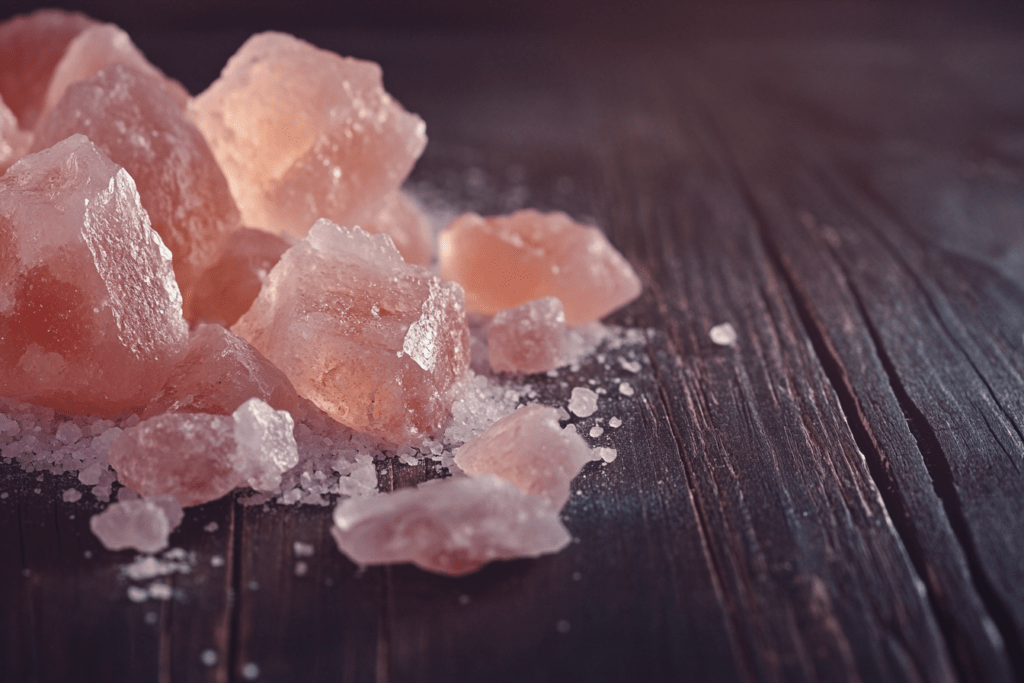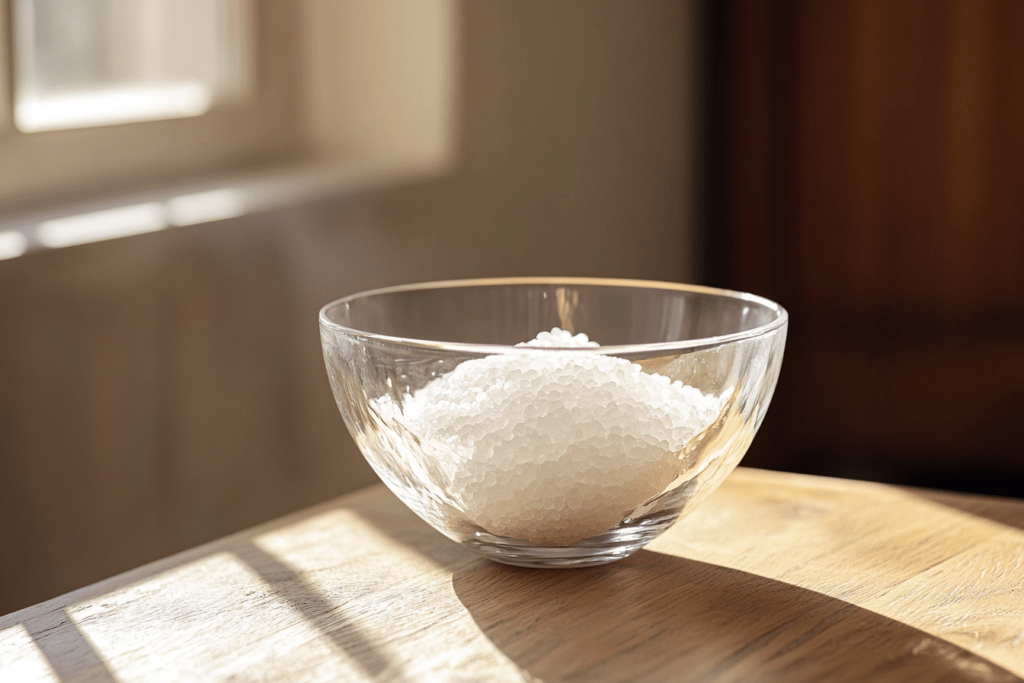From ancient Indian traditions to modern-day practices, the simple act of placing salt in the corners of homes has persisted across cultures for millennia. This intriguing ritual, dating back over 6,000 years in the Indian practice of Vastu, continues to captivate homeowners worldwide. But what makes this minerally mighty practice so enduring?
The ancient roots of salt placement traditions

Salt’s significance in spiritual practices spans continents and centuries. In Japan, sumo wrestlers scatter salt before matches to purify the ring. Meanwhile, Catholic traditions incorporate salt in blessing ceremonies, highlighting its universal recognition as a purifying agent.
The Vastu tradition, predating feng shui, established salt as a powerful tool for energy management. This ancient wisdom suggests that corners act as energy collection points within spaces, making them ideal locations for salt placement.
Strategic placement methods for maximum effect
The practice isn’t as simple as randomly sprinkling table salt around your home. Practitioners recommend using natural, unprocessed varieties for optimal results. Some enhance the mixture by adding aromatic herbs like juniper or rosemary, creating a personalized blend.
Key placement areas include room corners, windowsills, and doorway thresholds. The salt should remain in place for several days, acting as an energetic magnet. Remember to dispose of it afterward, as the salt is believed to absorb surrounding energy.
Unexpected practical benefits beyond tradition

Beyond its spiritual applications, salt serves practical purposes in home maintenance. A salt-water solution can effectively deter spiders and other insects from settling in corners and crevices. Imagine returning home to find fewer eight-legged visitors in those typically web-prone areas.
The natural antibacterial properties of salt also contribute to maintaining cleaner spaces. When sprinkled into carpets before vacuuming, it can help absorb odors and moisture.
Modern adaptations of an ancient practice
Contemporary practitioners have adapted these age-old methods to suit modern homes. While traditional practitioners might insist on specific salt types, today’s approach embraces accessibility. Regular sea salt works perfectly fine for those starting this practice.
Some modern enthusiasts combine salt placement with other space-clearing techniques. However, compared to expensive alternatives like professional space clearing or rare herbs, salt remains an affordable and readily available option.
Tips for incorporating salt practices at home

Start with clean, dry corners and choose small, discrete containers for salt placement. Natural bowls made of wood or ceramic complement this practice beautifully. Replace the salt monthly or after particularly stressful events in your home.
Track your experiences in a notebook. Many practitioners report subtle changes in their space’s atmosphere over time. Whether you’re dealing with a new home or a space that feels somehow off, this ancient practice offers a simple starting point for transformation.
This enduring tradition bridges ancient wisdom with modern practicality. While science might not fully explain the energetic properties of salt, its continuous use across cultures and millennia suggests there’s more to this mineral than meets the eye. Whether approached from a spiritual or practical standpoint, this simple practice remains a fascinating aspect of human relationships with spaces and minerals.


